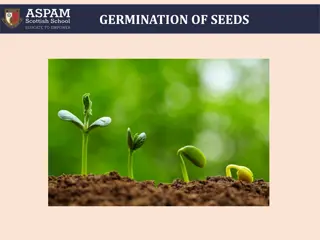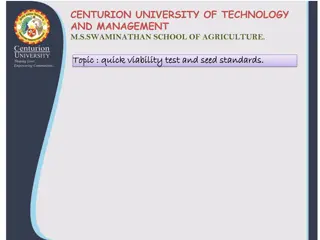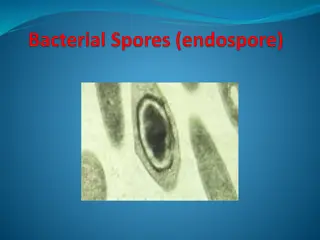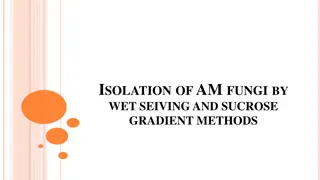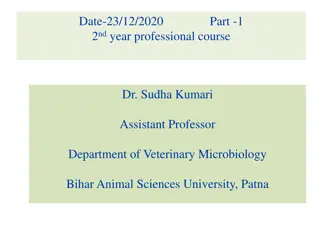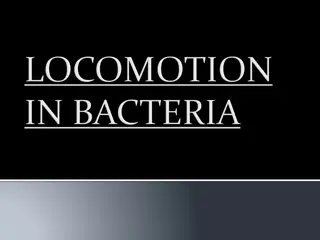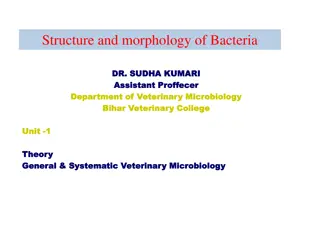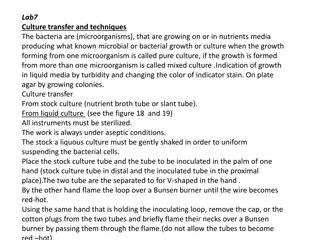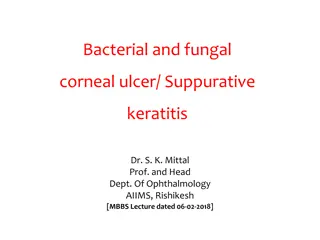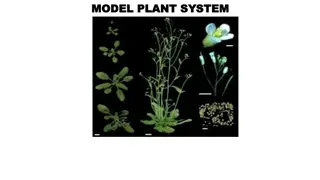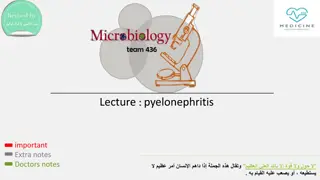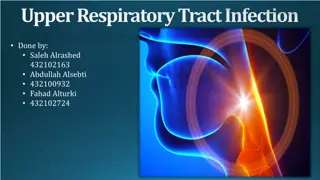Understanding Bacterial Spores: Structure, Formation, and Germination
Bacterial spores, the highly resistant resting stage of bacteria, are formed in unfavorable conditions. This article explores the structure of a spore, the process of sporulation, and germination stages. Learn about the shape and position of spores, as well as sporicidal agents that are effective against them.
Download Presentation

Please find below an Image/Link to download the presentation.
The content on the website is provided AS IS for your information and personal use only. It may not be sold, licensed, or shared on other websites without obtaining consent from the author. Download presentation by click this link. If you encounter any issues during the download, it is possible that the publisher has removed the file from their server.
E N D
Presentation Transcript
Bacterial Spore
Bacterial Spores Highly resistant resting (or dormant) stage of the bacteria formed in unfavourable environmental conditions Bacterial spores formed within the parent cell, are called as endospores and the remaining part of the bacteria is called as the sporangium.
Structure of a spore Bacterial spore comprises of several layers. From innermost towards the outermost, the layers are- core cortex coat exosporium.
Sporulation Sporulation (or sporogenesis) refers to the process of formation of spores from vegetative stage of bacteria. It is not a method of reproduction because the bacteria do not divide during sporulation. Sporulation commences when growth ceases due to lack of nutrients. It is a complex process, takes about 10 hours which may be divided into seven stages.
Sporulation Stage I (axial filament formation) Stage II (septum formation) Stage III(engulfment of forespore) Stage IV Stage V Stage VI Stage VII (release)
Germination Transformation of dormant spores into active vegetative cells when grown in a nutrient-rich medium. It comprises of three stages- Activation o Germination o Outgrowth o
Shape and Position of Spores For a given species, the precise position, shape and relative size of the spore are constant. Position-Spores may be central, subterminal or terminal. Shape-They may be oval or spherical in shape.
A B C F E D A. Non-bulging, oval and terminal; B. Non-bulging, round, and subterminal C. Non-bulging, oval and central; D. Bulging, round and terminal; E. Bulging, oval and terminal; F. Bulging, oval, and central
Sporicidal agents Spores are resistant to most of the routinely used disinfectants. Sporicidal agents are: 1. Ethylene oxide 2. Formaldehyde 3. Glutaraldehyde 4. Hydrogen peroxide 5. O-Phthalic acid 6. Peracetic acid 7. Autoclave 8. Hot air oven 10. Plasma sterilization
Demonstration of spores Gram staining-Spores appear as unstained refractile bodies within the cells. Modified Ziehl-Neelsenstaining Special techniques for endospore staining include the Schaeffer Fulton stain and the Moeller stain.
Applications Indicators for proper sterilization. Spores of Geobacillus stearothermophilus are used as sterilization control for autoclave. o Spores of non-toxigenic strains of Clostridium tetani are used as sterilization control for hot air oven. o Spores have also been used as agents of bioterrorism;
References Textbook of Medical Microbiology by Ananthnarayan, Paniker Textbook of Medical Microbiology by C.P Baweja Textbook of Medical Microbiology by S. Bhat, A.S.Sastry Textbook of Medical Microbiology by D.R.Arora, Brij bala Arora


